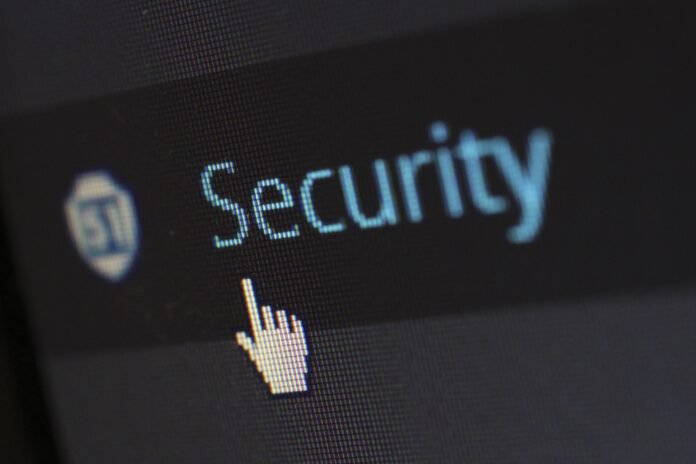As the number of cyber-attacks continues to rise, it’s important to take measures to protect your website from malware. Malware is a type of software that is designed to damage or disable computers and computer systems. It can be used to steal sensitive information, destroy data, and cause other harm. There are several steps you can take to protect your website from malware. Here are some tips on how to prevent malware and increase the security of your website.
1. WordPress websites are particularly vulnerable
It is important to keep your WordPress installation up to date. Updates typically contain security fixes that can help protect your site from malware. You should also install a WordPress security plugin like Wordfence to help protect your site. Additionally, the security of your WordPress site can be improved by following some best practices, such as using strong passwords and not sharing passwords with others. If you’re not using WordPress, be sure to keep your website software up to date as well. It’s also a good idea to install a security plugin like Wordfence if you’re using WordPress.
2. Be careful when downloading plugins and themes
Be sure to only download plugins and themes from reputable sources. If you’re unsure about a plugin or theme, do some research to see if others have had problems with it. You can also check the source code of plugins and themes to look for malicious code. Additionally, only download plugins and themes that you need. The more plugins and themes you have installed, the greater the chance that one of them will contain malware. It’s also a good idea to delete any unused plugins and themes from your website. This will help reduce the chances of malware being present on your site.
3. Keep your server and hosting account secure
Your web server is another potential point of entry for hackers. Be sure to keep your server software up to date and secure. Additionally, it’s important to choose a reputable web hosting company that takes security seriously. Your hosting account should also be secured with a strong password. If possible, you should also enable two-factor authentication for your hosting account. This adds an extra layer of security by requiring a second factor, such as a code sent to your phone, in addition to your password. Also, be sure to keep backups of your website so that you can restore it if it’s ever hacked.
4. Educate yourself and your employees about cybersecurity
One of the best ways to protect your website from malware is to educate yourself and your employees about cybersecurity. There are many resources available that can help you learn about cybersecurity threats and how to protect yourself. The US-CERT website is a good place to start. Additionally, you should make sure that all employees who have access to your website understand basic cybersecurity practices. This includes using strong passwords, not sharing passwords, and being careful when clicking on links or downloading files.
5. Use a security scanner
A security scanner can help you identify potential security risks on your website. These scanners can check for common vulnerabilities such as SQL injection and cross-site scripting. Additionally, some security scanners can also check for malware. WordPress security scanners like Wordfence offer a free scanning service that can help you identify security risks on your website. Additionally, some companies offer a paid website security scanning service that includes malware detection. It’s a good idea to scan your website regularly to ensure that it’s free of malware and other security risks.
6. Use a web application firewall
A web application firewall (WAF) can help protect your website from attacks by blocking malicious traffic. WAFs work by analyzing traffic and identifying patterns that are associated with known attacks. Additionally, some WAFs can also block traffic from known malicious IP addresses. WordPress security plugins like Wordfence offer a free WAF that can help protect your website. Additionally, many web hosting providers offer WAF protection as part of their services. If your website is not protected by a WAF, consider using one to help increase security.
7. Consider using a content delivery network
A content delivery network (CDN) can help improve the security of your website by caching your content on servers around the world. This can help improve the speed of your website and reduce the chances of an attack succeeding. Additionally, CDNs can help protect your website from distributed denial of service (DDoS) attacks. WordPress security plugins like Cloudflare offer a free CDN service that can help improve the security and performance of your website. Also, many web hosting providers offer CDN services as part of their plans. It’s a good idea to consider using a CDN if you’re looking for ways to improve the security of your website. This is especially true if your website is large or gets a lot of traffic.
8. Use HTTPS
HTTPS is a protocol that encrypts traffic between your website and visitors’ web browsers. This helps to prevent eavesdropping and man-in-the-middle attacks. Additionally, many browsers now display a warning message when visiting an HTTP website. This can help to dissuade users from providing sensitive information on an insecure connection. To add HTTPS to your website, you’ll need to purchase an SSL certificate and install it on your web server. Once you’ve done this, you can enable HTTPS by updating your WordPress settings. Additionally, you can use a plugin like Really Simple SSL to automatically enable HTTPS on your website. It’s important to note that you should never use HTTP on a website that contains sensitive information, such as login details or credit card numbers.
By following the tips above, you can help to increase the security of your website and protect it from malware and other attacks. Additionally, you should make sure that all employees who have access to your website understand basic cybersecurity practices. This includes using strong passwords, not sharing passwords, and being careful when clicking on links or downloading files. Finally, you should keep your WordPress installation and all plugins and themes up to date to ensure that you’re using the latest security patches.























